1.
Question: Why Does Mint Make Our Mouth Feel Cold?

Mint is a highly aromatic, perennial medicinal herb which tricks our brain through chemistry. Mint plant contains a chemical called “Methanol” which is the reason behind its characteristic flavour.
Our bodies have a protein called TRPM8 (Transient Receptor Potential Cation Channel Subfamily M (Melastatin) member 8) also known by Cold and Methanol Receptor 1 when gets activated when the body senses cold. Methanol has a unique ability to activate TRPM8 which tricks our body into believing it’s cold when it is not.
Mint not only freshens our breath, masks the bad odour but also boosts up the immunity and treats indigestion as mint leaves are known as an amazing appetizer.
2.
Muscles Of The Face
The facial muscles or the muscles of facial expression are subcutaneous. They bring about different facial expressions. Here, 9 of the facial muscles are marked.
The muscle of the scalp: Occipitofrontalis
The muscle raises the eyebrows and causes horizontal wrinkles in the skin of the forehead.
The muscle of the nose: Procerus
It is a pyramid-shaped muscle which pulls the skin between the eyebrows down.
The muscle of the eyelids: Orbicularis Oculi
Tight closure of the eyes is possible because of this flat, elliptical muscle.
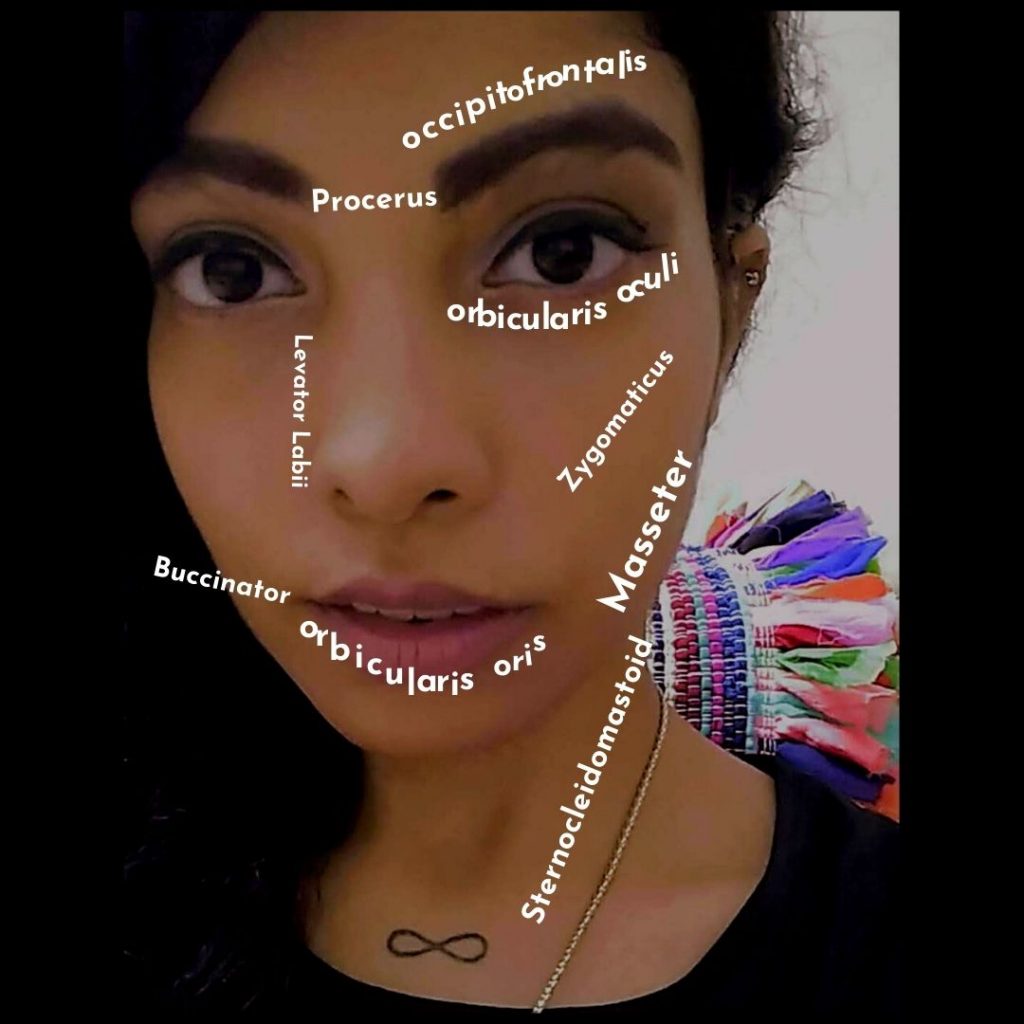
The muscle around the mouth: Levator Labii Superioris alaequae nasi
It has the longest name of any muscle in the animals. It dilates the nostril and elevates the upper lip.
The muscle around the mouth: Zygomaticus
It contributes to the expression of smiling by rising the corners of the mouth.
The muscle of the cheek: Buccinator
Puffing the mouth and then blowing forcibly as in whistling is possible because of the action of buccinator.
The Puckering Up muscle: Orbicularis Oris
It is a ring of muscle that encircles the mouth. It protrudes, closes and compresses the lips.
The muscle of Mastication: Masseter
One of the four muscles of mastication is masseter. It elevates the lower jaw (mandible) to close the mouth to bite.
Sternocleidomastoid
It is a long bilateral muscle whose function is to turn the chin to the opposite side. It can also tilt the head towards the shoulder and when both sides of the muscles are in the function they can draw the head forward as in eating and in lifting the head from the pillow.
3.
Toothbrush Dimensions

The modern design of the toothbrush was first made by William Addis around 1780 (England). It had a handle carved from cattle bone and the brush head was made from swine bristles.
4.
Question: “Removing Teeth Affect Eyesight” – True?
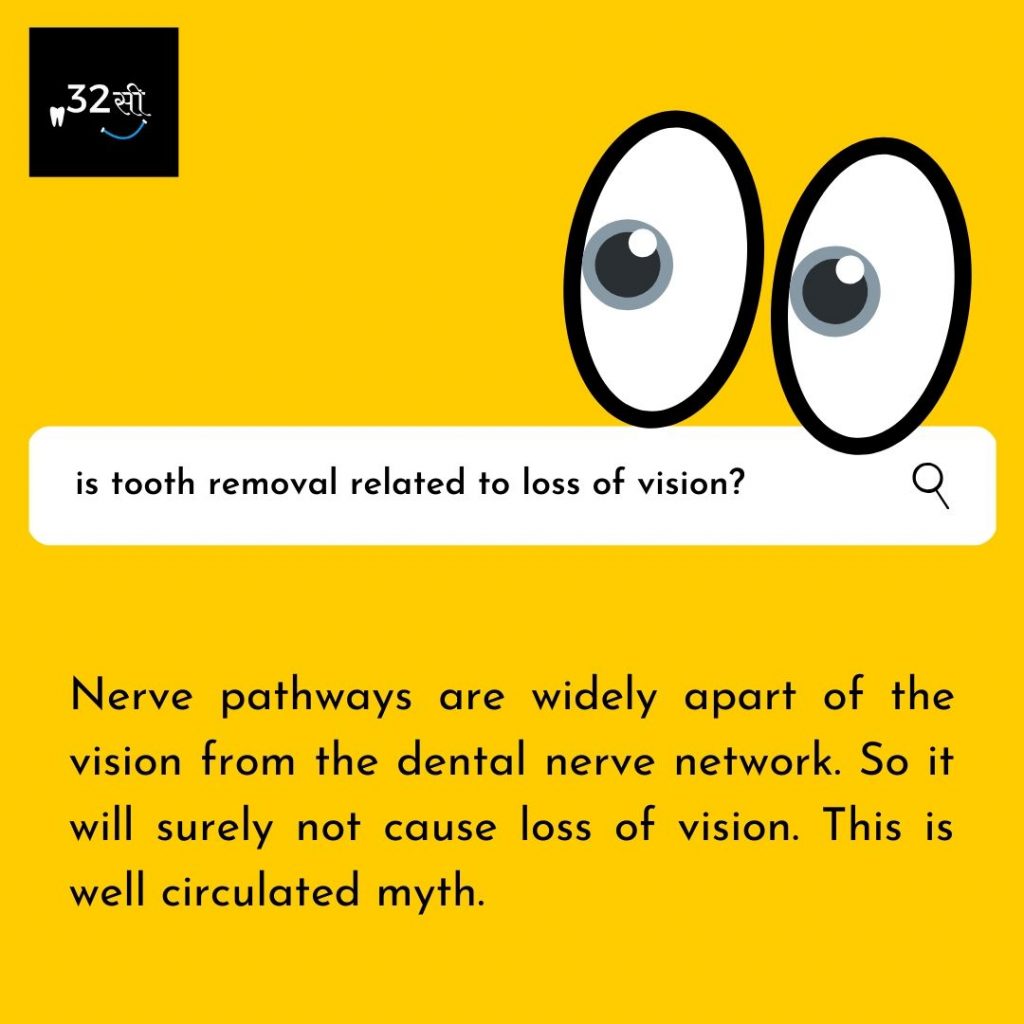
In Dentistry, local anaesthesia is frequently received by the patients for the treatment, however, rarely neuro-ophthalmologic complications are reported.
Having the right understanding of the myths and misconceptions about oral diseases is essential for providing excellent health education and services to the people.
5.
Question: Why Teeth Are Extracted For Braces?
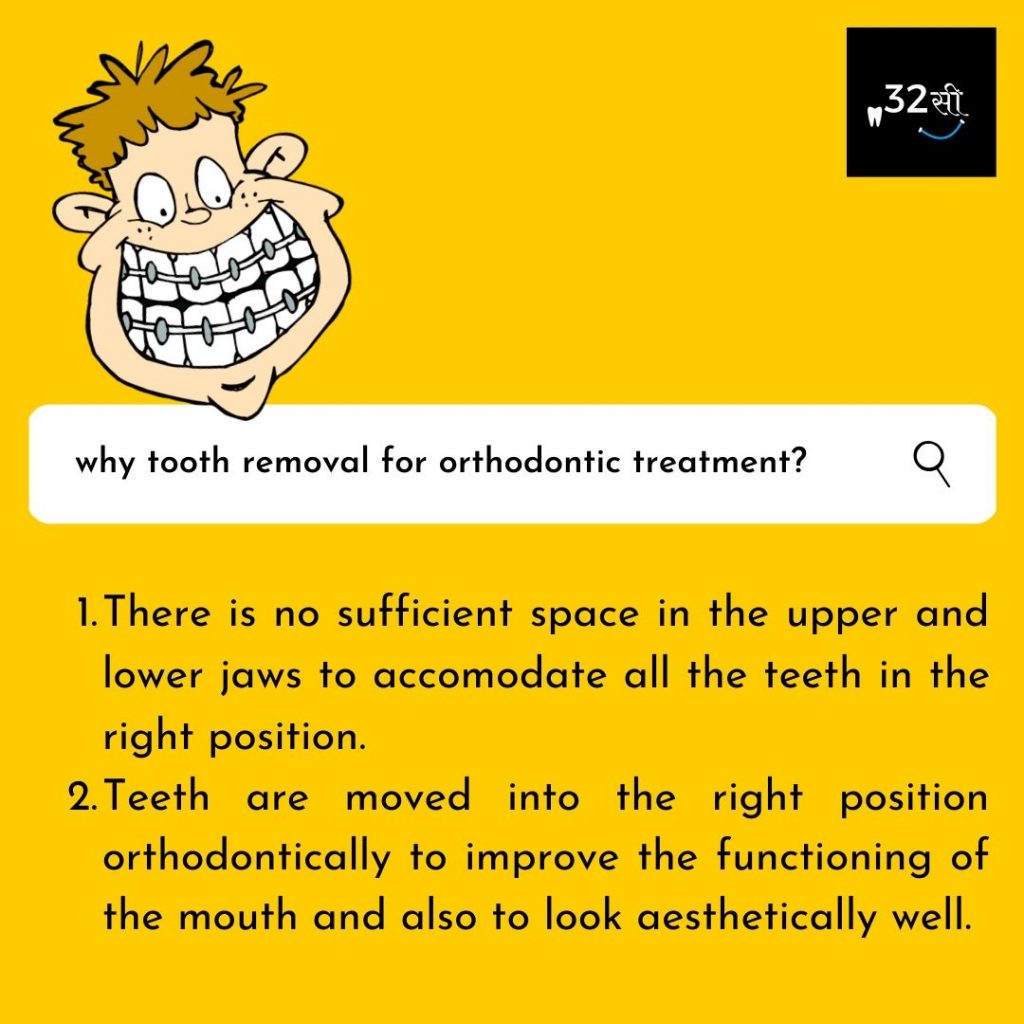
Dental surgeons or orthodontists usually don’t recommend for tooth extractions unless it’s the best and the only choice possible.
6.
Hang Tough, Don’t Puff

According to the 2018 (Sixth edition) of The Tobacco Atlas, 625,000 Indian children aged between 10 to 14 years smoke cigarettes every day.
“Each day, 3800 American teens try smoking, and 1000 become hooked to smoking. Those who are unable to quit as adults will die, on average, 13 years earlier than their peers.” – Surgeon General Report 2012
7.
Pulse Oximetry In Dentistry

Pulse Oximetry is a painless and non-invasive test which measures the oxygen level in our blood. It helps to prevent hypoxia in dental patients maintaining patients safety by keeping their vital signs monitored.
8.
Smoking? You Must Be Joking

Giving up smoking is the easiest thing in the world. I know because I’ve done it thousands of times. ~ Mark Twain
9.
World Elephant Day – 12th August
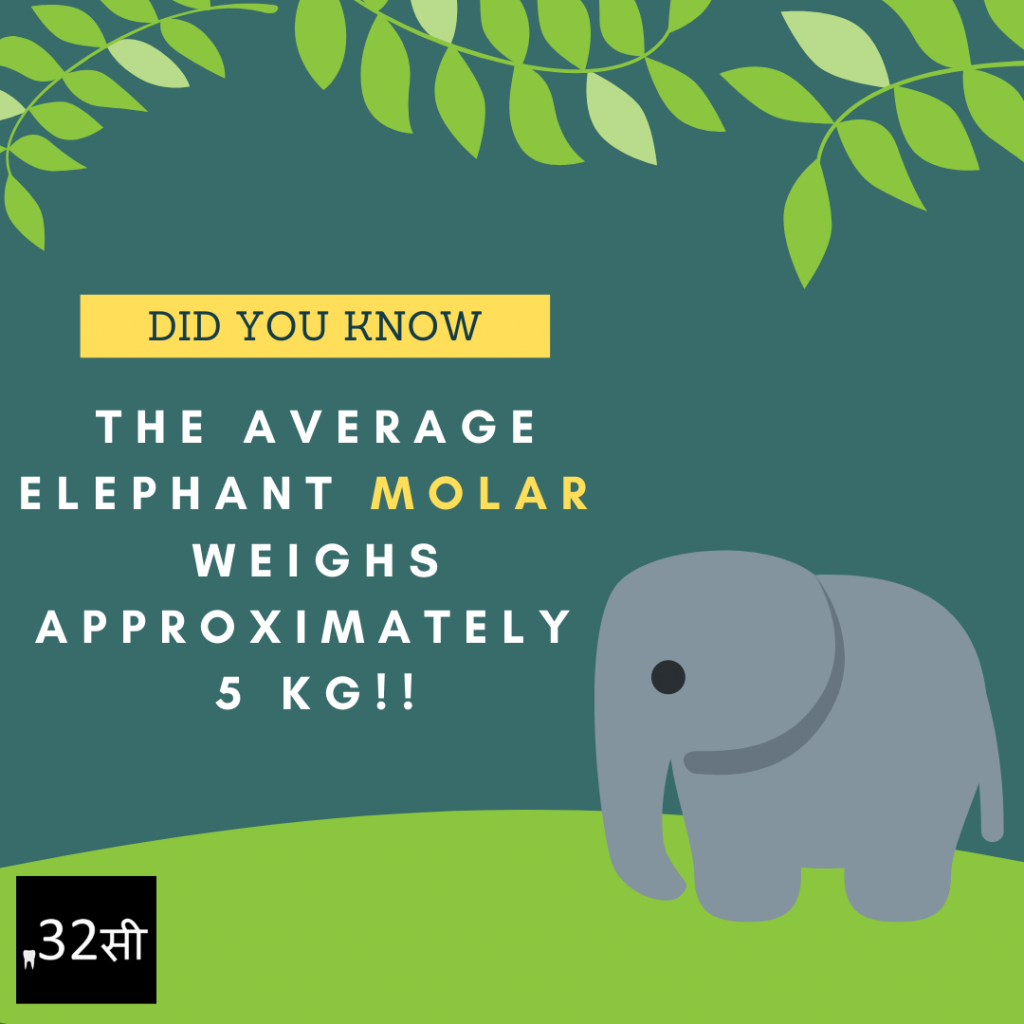
Elephant’s tusks (also known as Ivory, for its property to be carved out) are modified incisors. Thousands of elephants are killed for their ivory tusks. In addition to the incisors, they have four molars in each jaw.
A single molar can be 10-12 inches long with weight more than 3-4kgs. They grow six sets of four molars in their lifetime.
10.
Oral Squamous Cell Carcinoma

India has the worlds highest number of oral cancers.
Causes of Squamous Cell Carcinoma include alcohol and tobacco use, age, nutritional factors, chronic irritation and anaemia or viruses. Its treatment includes chemotherapy, radiation and surgery.
11.
Show You Care, Be Aware

Here, are the most common malignancies in India and the World.
12.
Pets Dental Care
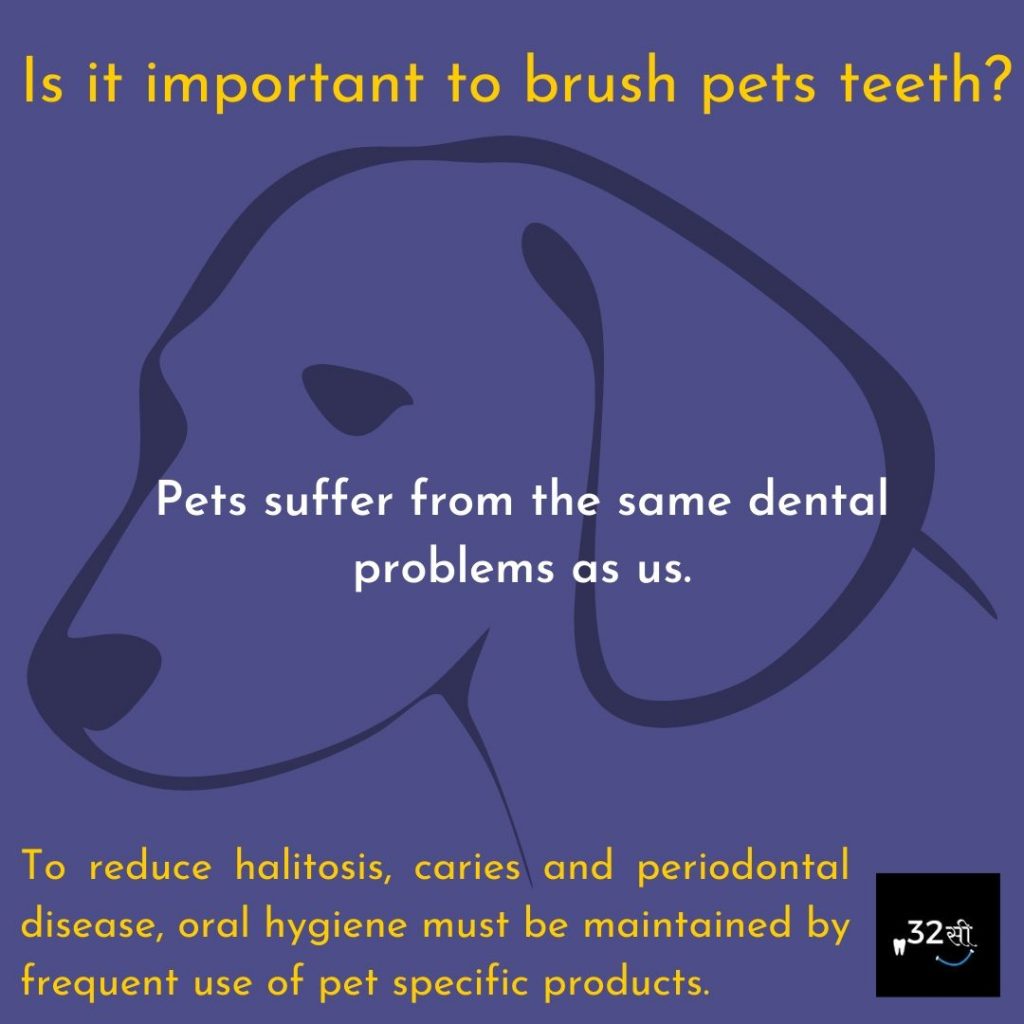
The oral hygiene maintenance sessions for the dog should be fun with lots of praises, affection and attention.
Use the toothpaste recommended by the veterinarian and the toothbrush specially designed for the pets.
13.
Pregnancy Gingivitis
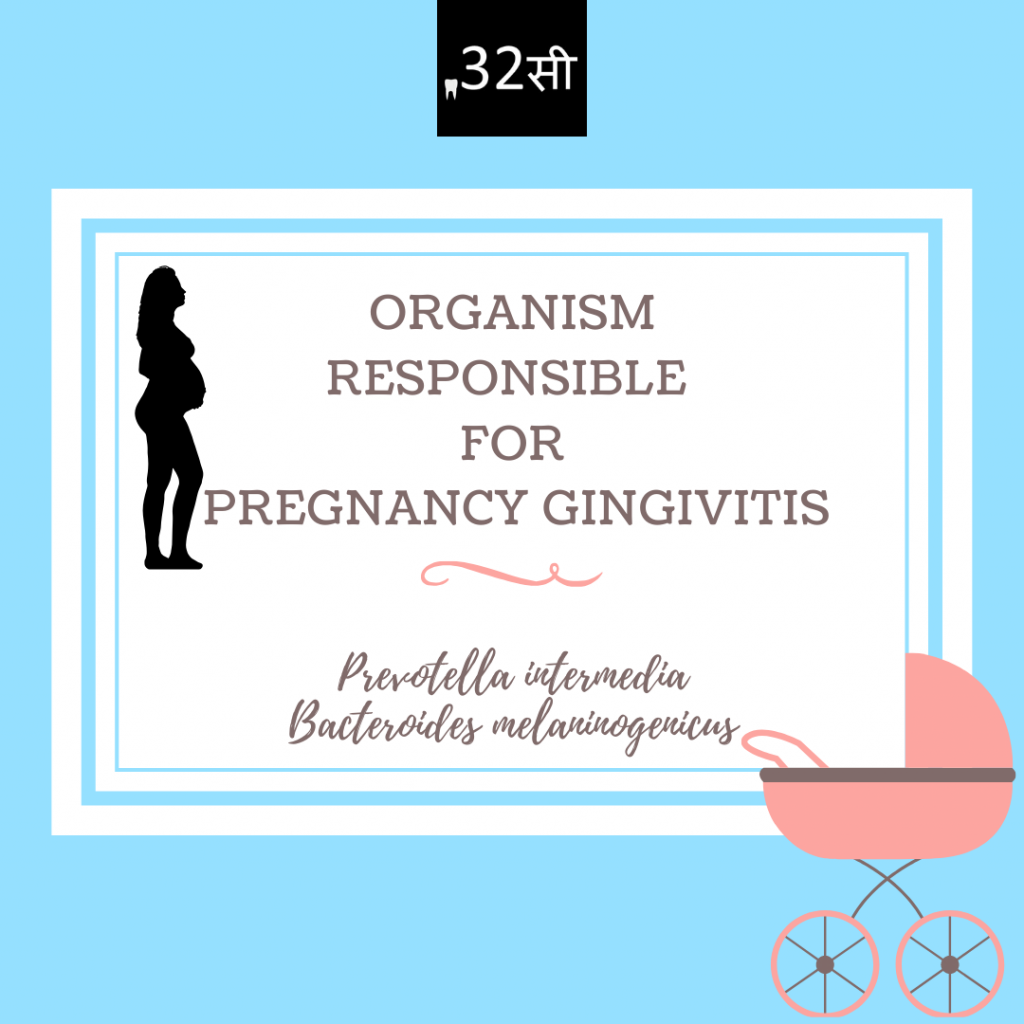
Bleeding gums and pregnancy are directly connected. Increased levels of progesterone during pregnancy leads to the increased blood flow towards the gums making them sensitive and inflamed.
Gingivitis is an infection of the gums due to deposition of plaque which contains bacteria and produces toxins that irritate the gums.
Maintaining good oral hygiene is the key to smooth dental health during pregnancy.
The fourth, fifth and sixth months of pregnancy (Second Trimester) is completely safe and recommended for the dental checkup or treatment if required.